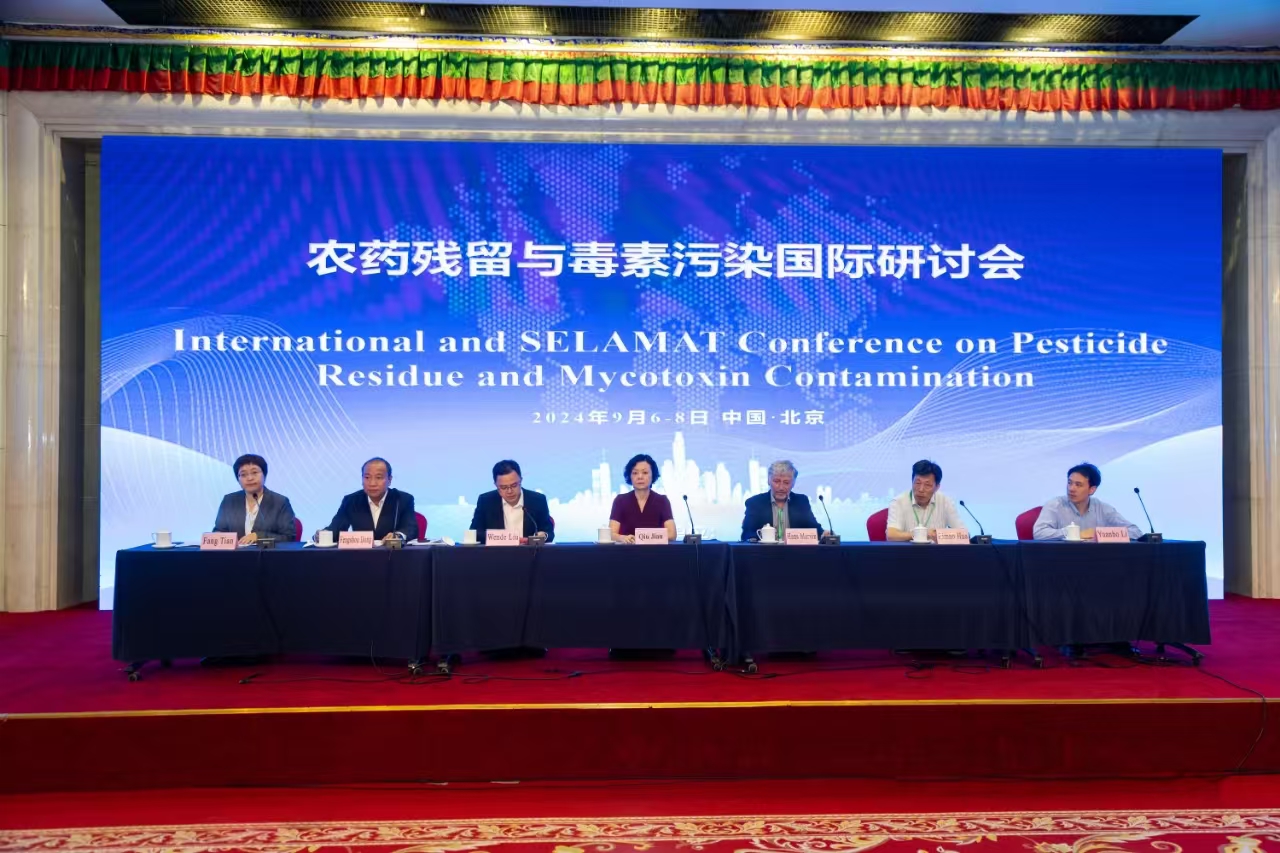Developing transgenic maize (Zea mays L.) with insect resistance and glyphosate tolerance by fusion gene transformation
SUN He, LANG Zhi-hong, LU Wei, ZHANG Jie, HE Kang-lai, ZHU Li, LIN Min, HUANG Da-fang
Abstract
Using linker peptide LP4/2A for multiple gene transformation is considered to be an effective method to stack or pyramid several traits in plants. Bacillus thuringiensis (Bt) cry gene and epsps (5-enolpyruvylshikimate-3-phosphate synthase) gene are two important genes for culturing pest-resistant and glyphosate-tolerant crops. We used linker peptide LP4/2A to connect the Bt cry1Ah gene with the 2mG2-epsps gene and combined the wide-used manA gene as a selective marker to construct one coordinated expression vector called p2EPUHLAGN. The expression vector was transferred into maize by Agrobacterium tumefaciens-mediated transformation, and 60 plants were obtained, 40% of which were positive transformants. Molecular detection demonstrated that the two genes in the fusion vector were expressed simultaneously and spliced correctly in translation processing; meanwhile bioassay detection proved the transgenic maize had preferable pest resistance and glyphosate tolerance. Therefore, linker peptide LP4/2A provided a simple and reliable strategy for producing gene stacking in maize and the result showed that the fusion gene transformation system of LP4/2A was feasible in monocot plants.
Journal of Integrative Agriculture 2015, 14(2): 305–313
-
 China-Laos Training Workshop on Integrated Management of Destructive Crop Pests and Diseases Successfully held in Laos
China-Laos Training Workshop on Integrated Management of Destructive Crop Pests and Diseases Successfully held in Laos -
 New Plant Protection: New challenge and new opportunity for plant protection
New Plant Protection: New challenge and new opportunity for plant protection -
 International and SELAMAT Conference on Pesticide Residue and Mycotoxin Contamination Held in Beijing
International and SELAMAT Conference on Pesticide Residue and Mycotoxin Contamination Held in Beijing -
 CAAS President Meets Chairman of ASEAN FAW Taskforce
CAAS President Meets Chairman of ASEAN FAW Taskforce
